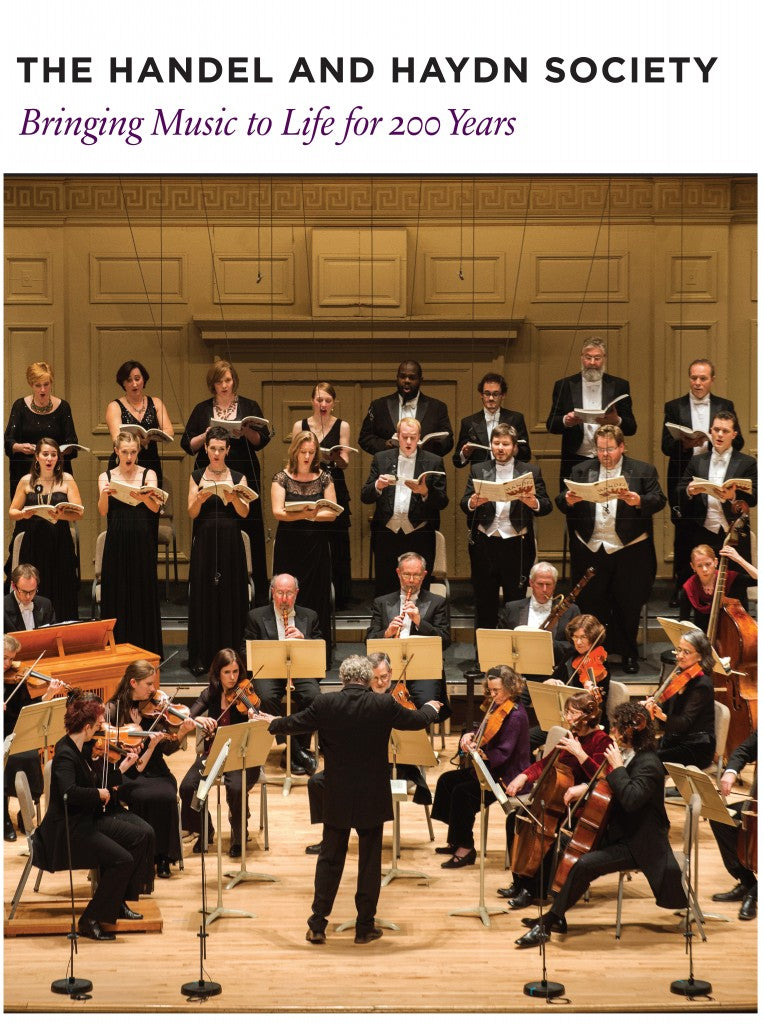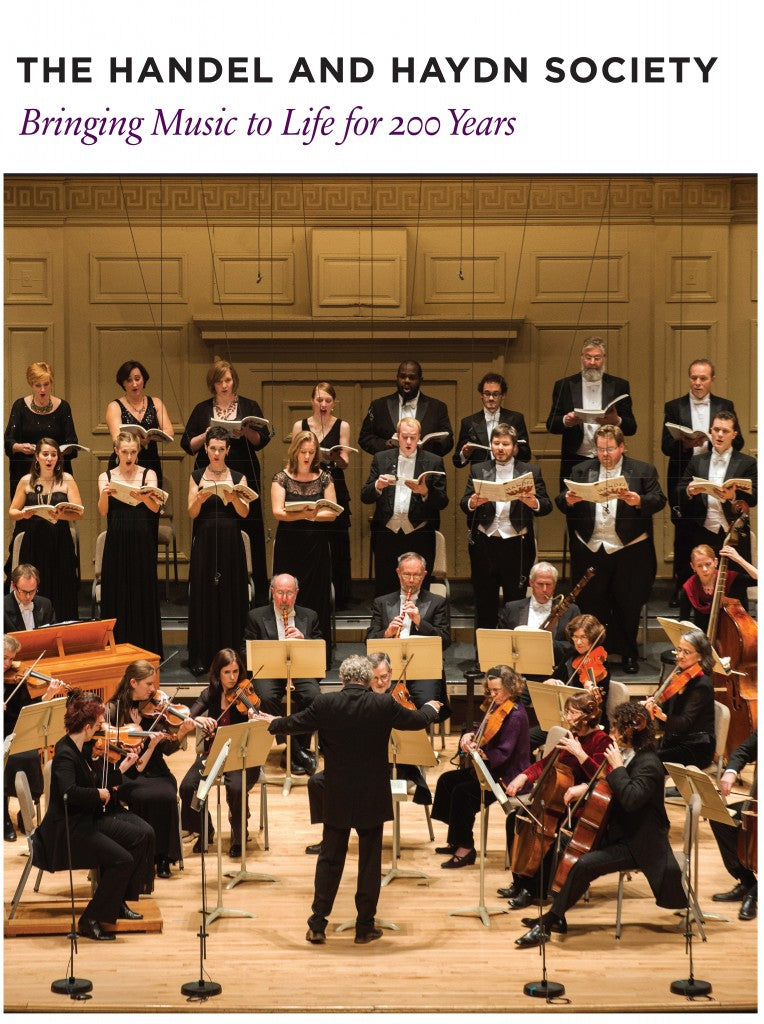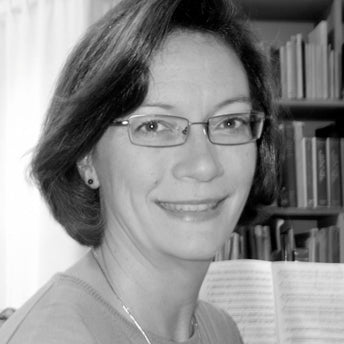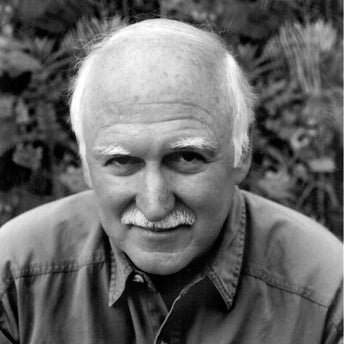
Founded in 1815, the Handel & Haydn Society is by far the oldest musical organization in America. From its Boston and New England roots in singing schools and societies through the formative days of the early nineteenth century, when the Society's primary models were Handel (the classical forefather) and Haydn (the innovator), it has been a mainstay of music in America. The thirteen essays and the numerous illustrations collected here bring to life its rich history and its recent metamorphosis into the foremost contemporary exponent of early music.
And what decades these have been! Works such as Handel's Messiah, Haydn's The Creation, and Bach's St. Matthew Passion premiered in this country with the Handel & Haydn Society. Their roster of artistic directors, starting with the arrival of Thomas Dunn and culminating with the brilliant leadership of Christopher Hogwood and Harry Christophers, has been unrivalled. While their performance of Handel's Messiah is an annual tradition in Boston, they have also ventured into less well travelled repertoires, introducing a somewhat conservative city to new scores, new composers, and, with only thirty permanent members of the orchestra and chorus, an entirely new approach to orchestral and vocal performance.
Reading these essays, one comes to understand not only the evolution of a Boston institution, but the struggles, defeats, and triumphs many musical organizations that manage to survive must endure. All this-set against the political, cultural, and historical backdrop of a city that always took its art, and its music, seriously. Illustrated in full color with both photographs and artifacts, this is history at its best-a fitting tribute to the thousands who have collaborated over two centuries to create and perform beautiful music and who have made this institution a model of its kind.
American classical music launched in earnest on Christmas Day of 1815. The Boston Handel and Haydn Society-comprised of middle-class music lovers-unveiled excerpts from European oratorios, and concluded with a rousing 'Hallelujah' chorus. "There is nothing to compare with it; it is the wonder of the nation," proclaimed one critic. Next year, the Society will celebrate its two-hundredth anniversary. How many other American phenomena have endured for two centuries? —William Robin, The New Yorker, Jan. 29, 2014


